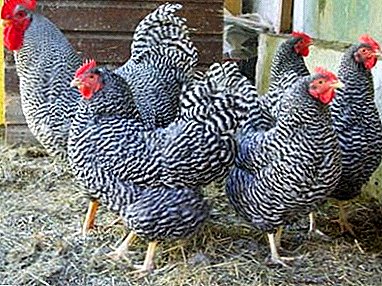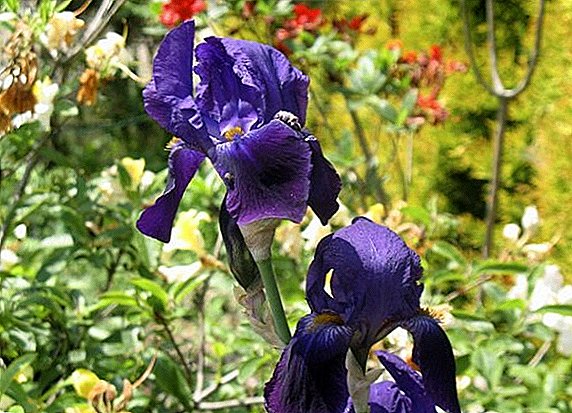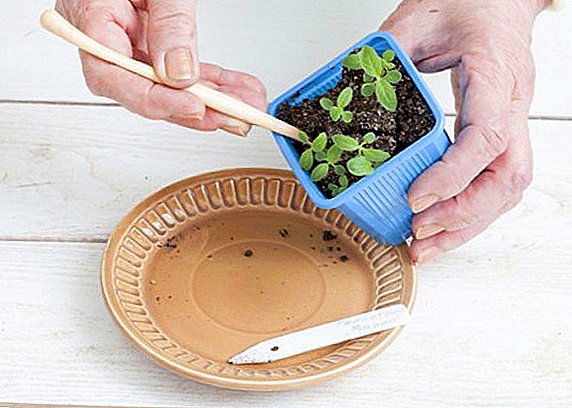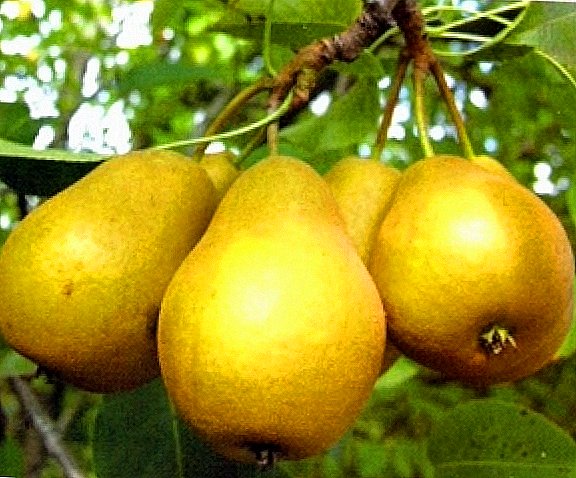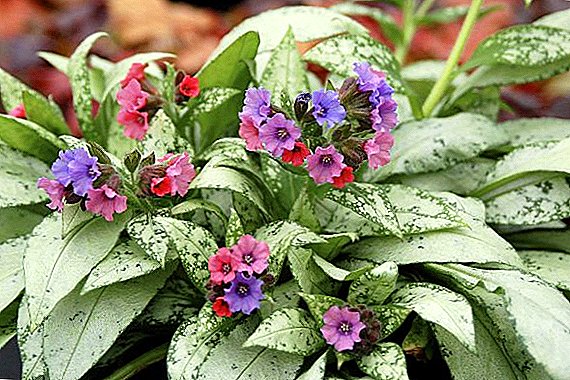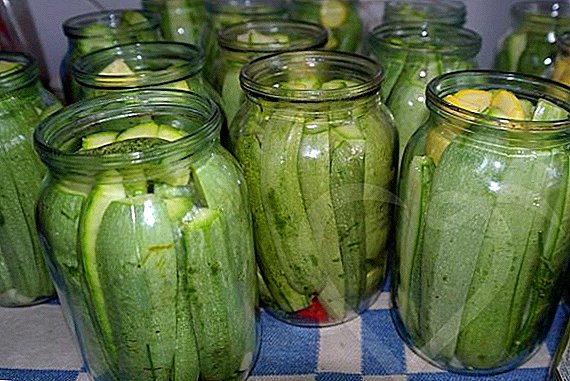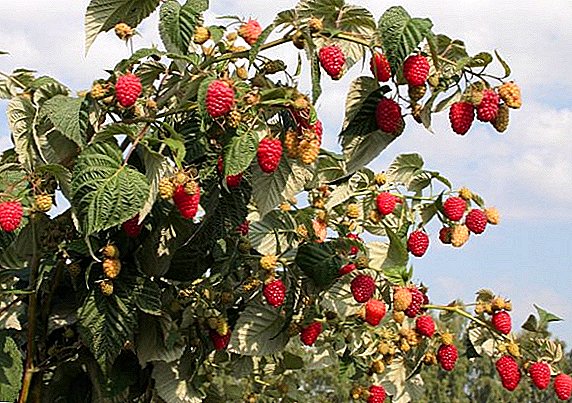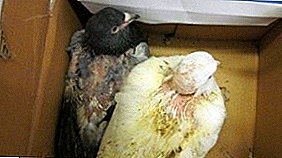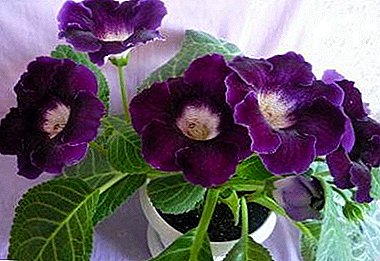
Beautiful, rather large size, bright flowers of the gloxinia will be the perfect complement to any interior. The huge velvet leaves and lush flower hat, pleases the eyes of the grower 5 months in a row.
Flowering becomes more active with the age of the plant. During the period of flowering gloxinia can give about 50 flowers. It surprises with the color palette and texture of foliage.
We will tell you how to take care of this homely beauty and what diseases and pests this flower is prone to.
Necessary conditions for growing a flower
Temperature conditions
If you want synningia (gloxinia) to bloom liberally, you need to maintain a certain air temperature (why gloxinia can not bloom and what to do about it, read here). In the summertime, for a comfortable life, the temperature fluctuates around 20-26 degrees, and in winter it should not fall below 18 degrees (read about the peculiarities of wintering Gloxinia here).
Lighting
Despite the fact that Gloxinia, very fond of light, you should not put it in the scorching sun. Direct rays significantly worsen flowering. The ideal place for gloxinia is windows with moderate diffused light..
 If the windows of your apartment are located on the north side, then you need to install additional lighting using fluorescent lamps with a soft light. South windows, in the summer, you need to darken slightly, with a frosted glass, or tinting for cars that scatter light.
If the windows of your apartment are located on the north side, then you need to install additional lighting using fluorescent lamps with a soft light. South windows, in the summer, you need to darken slightly, with a frosted glass, or tinting for cars that scatter light.
Wild relatives of Gloxinia prefer sparse rainforests, avoiding the open space where everything is roasted under the open sun, and twilight. To create the most comfortable conditions, the duration of lighting should be 12-14 hours.
In the absence of proper lighting, gloxinia may lose its shape., strongly stretch or lower the leaves. On elongated stems, the buds are much smaller, so they are not so chic.
Air humidity
Since gloxinia is rooted in the Amazon rainforests, it is necessary to take care of it in the closest humid climatic conditions. Therefore, in extreme heat (28 degrees and above) it is recommended to put pots with flowers on a tray with additional moisture, the filling is wet sand, pebbles or peat.
Gloxinia is important air humidity in the range of 60-80%. Determine the lack of moisture can, judging by the wrapped and lowered sheets. At home, it is recommended to use special humidifiers, or put a vessel with water next to the pot.
Watering
You need to water the plant through the pan, or on the edge of the pot so as not to touch the foliage. Water for irrigation must be defended during the day. You can also use rain and filtered water. The temperature should be 2-3 degrees warmer than the air in the room.
After 30 minutes, after the soil absorbs moisture, it is necessary to dry the pan. Be sure to check the soil moisture before the next watering, it should be almost dry. During prolonged rains and in cool weather, watering should be reduced.
Next, a visual video about watering Gloxinia:
The main points of cultivation
Pinching contributes to the formation of new shoots and a large number of bottles, which may not settle down. Therefore, pinning a flower is not necessary.
When and why cut for the winter?
The most important moment in the care of the plant, it is preparing for the winter. After all, it is from the proper storage during this period that a new life depends. Sinningia comes from a wild culture, and is considered an exotic flower. By the nature of the habitat, in autumn and winter, a period of rest is necessary.
In other words, the plant goes into hibernation, old leaves die off, some of the roots die off and, with the onset of spring, with new forces, pleases with a lush heap of inflorescences. Many lovers of the exotic, by mistake throwing the plant, confusing peace with the death of a flower.
Attention! Fragile gloxinia that were removed from seeds or gloxinia, obtained by sprouting leaf cuttings, cannot be sent for wintering. A little tuber is not ready for such trials. It is necessary to put the pot on the warmest and lightest window sill. Cut the leaves do not need watering moderate.
So, let's get acquainted with the basic rules of caring for a beautiful gloxinia, in a period of rest.
- From mid-September, when the last flower is fading, we reduce the watering and refuse to feed. Dried leaves must be removed together with the stem, a sharp knife, leave the process 1cm from the ground. If possible, leave the bottom two leaves.
- As soon as the last leaves die off, clean the soil from clumps of soil and residues of roots. And in, loosely closed, put a bag of wet sand in the refrigerator, at the very bottom. Can be transferred to the balcony if the temperature varies between 10-15 degrees.
- Tubers are stored until spring. From time to time it is necessary to check if there is rot and control the humidity. In the event of decay, it is necessary to carefully remove and process healthy tissue with crushed charcoal. We give the tuber to dry and again remove to the place.
Our tubers awaken in spring from the end of February to the middle of April.
A photo
Further, look at the photo of the flower under the beautiful name "Synningia":



How to properly care for syninghy?
Key recommendations
Gloxinia is considered an exotic large-flowered plant. Diameter of a flower is 15 cm. Culture varieties goes deep into the thickets of the Amazon. Habitat rocky slopes, sometimes a plant on a steep slope is kept only by its roots. Therefore, when caring for gloxinia at home at the bottom of the pot must lay out the drainage of at least 3-4 cmand the tuber itself is sprinkled with soil no more than 1 cm.
Pot gloxinia pick relative to the size of the tuber. For a young specimen, a capacity of 7–9 cm in diameter is sufficient, and an old flowering tuber will take root in a pot up to 15 cm wide.
Gloxinia does not tolerate drafts. The flower needs mineral dressing, which is carried out 2 times a month (you can find out how to conduct gloxinia feeding, here). In specialized stores, the seller will tell you exactly which one is best for your brand. After reviewing the instructions, we direct the solution, watered around the edge already on wet soil. It is recommended to do this in cloudy weather after lunch, and preferably in the evening, so that the sun does not damage the growth zone and foliage of the plant.
Before flowering, organic fertilizers alternate with nitrogenous ones (potassium nitrate, ammonium nitrate). After with phosphoric (superphosphate, phosphoric acid potassium), if this is not done, then dormant buds will awaken, this will halt normal development.
Do I need to spray the plant?
As with any object in the apartment, dust also sits on the flowers, which is much worse than spraying. It is difficult for the plant to breathe because of a large layer of dust.
Now about the main thing, it is categorically forbidden to spray Gloxinia, as wet leaves will quickly rot. But there is a way out. You need to arrange a flower shower. Gently, with a cotton swab, wash the leaves barely with warm water and immediately dry with a hairdryer, or arrange bath procedures in the kitchen with the gas burners on. In this case, the leaves of the plant will quickly dry out. It will benefit the plant, and it will thank you, for your efforts, with a lush and bright bloom.
Important! Rinse only the leaves, tuber, in any case, it is impossible to wet. After bathing, you must give the flower a good dry, in a dark and warm place, before returning to a sunny place. Otherwise, the plant will get severe burns and die.
Diseases and pests
 Due to improper care, the plant is weakened and more susceptible to diseases and sharing of pests. The most common disease is gray mold.It appears as a spot of brown light. During illness, when watering too much, the roots of the plant also begin to rot. Powdery mildew and blackleg are also possible. When purchasing a plant in a store and brought from friends, in order to prevent it, rinse the tubers with potassium permanganate or fungicide.
Due to improper care, the plant is weakened and more susceptible to diseases and sharing of pests. The most common disease is gray mold.It appears as a spot of brown light. During illness, when watering too much, the roots of the plant also begin to rot. Powdery mildew and blackleg are also possible. When purchasing a plant in a store and brought from friends, in order to prevent it, rinse the tubers with potassium permanganate or fungicide.
In addition to gloxinia diseases, pests can annoy. Among the frequency-damaging mites are cyclamen and spider mites. During wintering, thrips and mealy insects can attack the tubers. Processing with alcohol or brandy, in this period, will drive away the pests. Such drugs as confitor and fitoverm protect the plant in winter and summer.
We suggest reading about gloxinia leaf diseases in this article.
Conclusion
Tropical herb has 25 species, some bloom all year round. Observing simple guidelines for care and cultivation, any of them can take root in your home. These terry bells will be wonderful neighbors.



